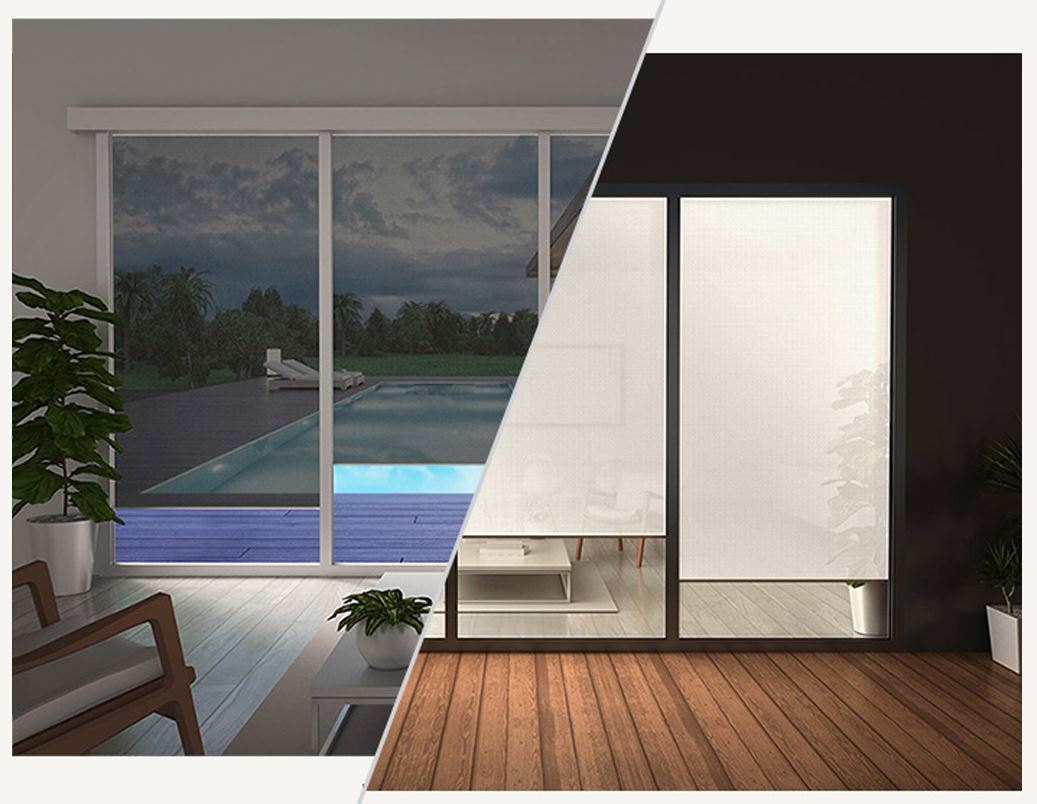Color.
Fabric Opacity.
Weave.
All of this is SO important.
Top two things to consider:
- Energy Efficiency
- Privacy and Light Control
Let’s go darrrrk, first.
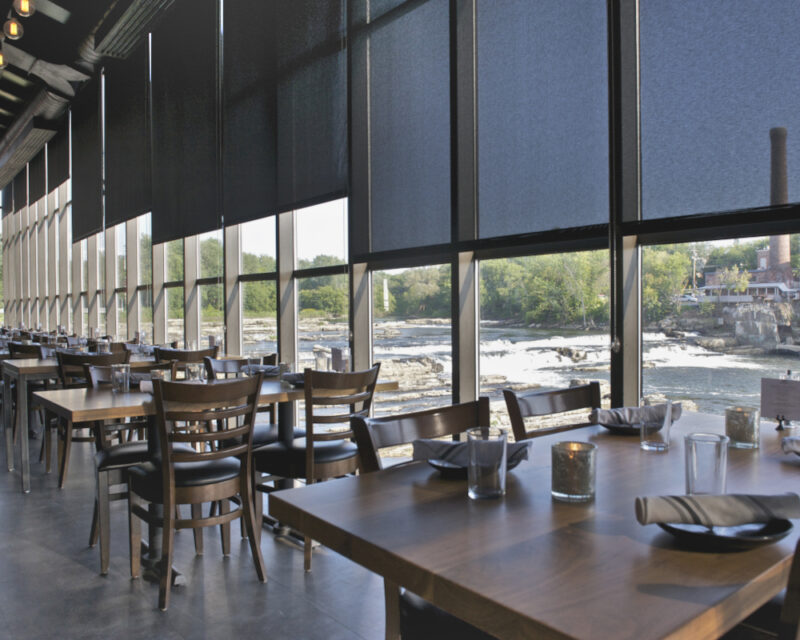
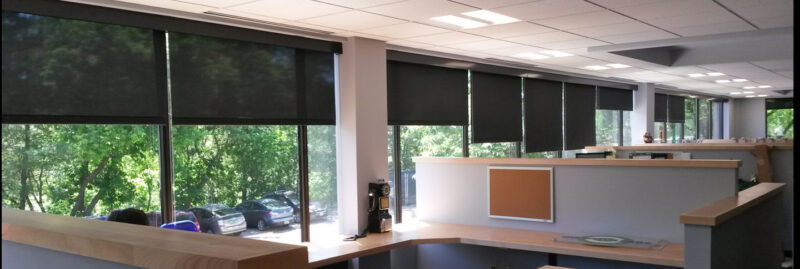
Dark colored roller fabrics, reduce glare and improve visibility from the inside, looking out. Dark roller fabrics also absorb more solar energy, (think of all that solar gain in the winter!!) awesome for those cold winter months, but this can lead to a decrease in energy efficiency in the summer months. Definitely something to consider.
Darker fabrics, will have more of ‘view thru’, since darker colors absorb light, dark roller fabrics will appear to be more ‘see through’, than the white/lighter fabrics.
See the two photos below:
White & Black Fabric in the same weave tightness.
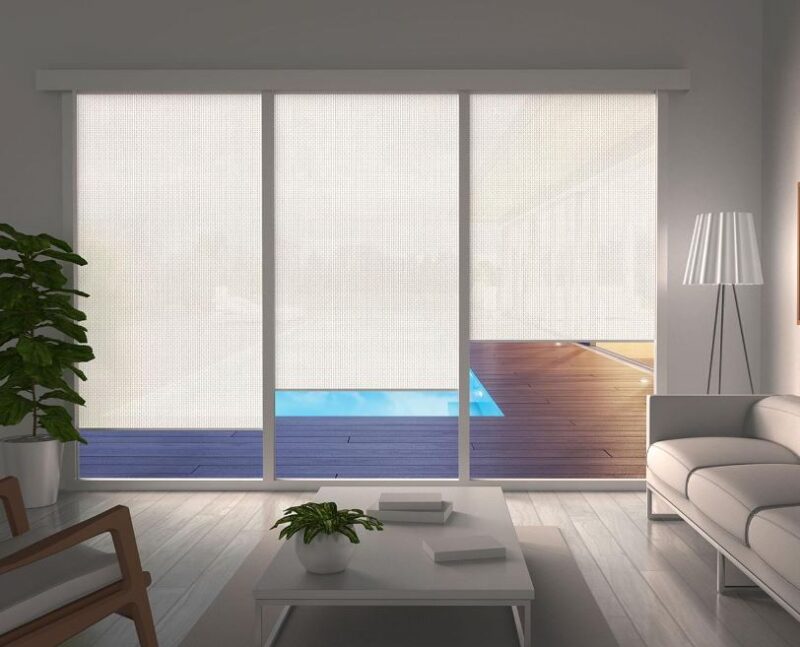
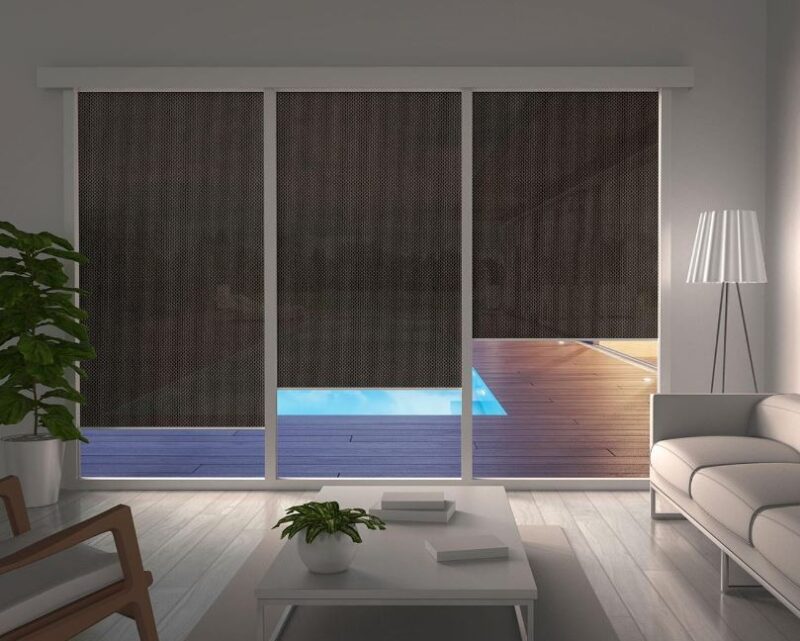
The lighter the fabric color the more light reflects, the darker, more of the light is absorbed. It’s a subtle difference, but a difference just the same.
So as you guessed it, white/light-colored fabrics reflect much more light, which reduces solar heat gain. However, their ability to filter glare is not as great as darker fabrics. The lighter the fabric results in a room-brightening effect. You won’t have that ‘view thru’ as you do with the darker fabrics.

Where is the Sunlight Coming from and for how LONG?
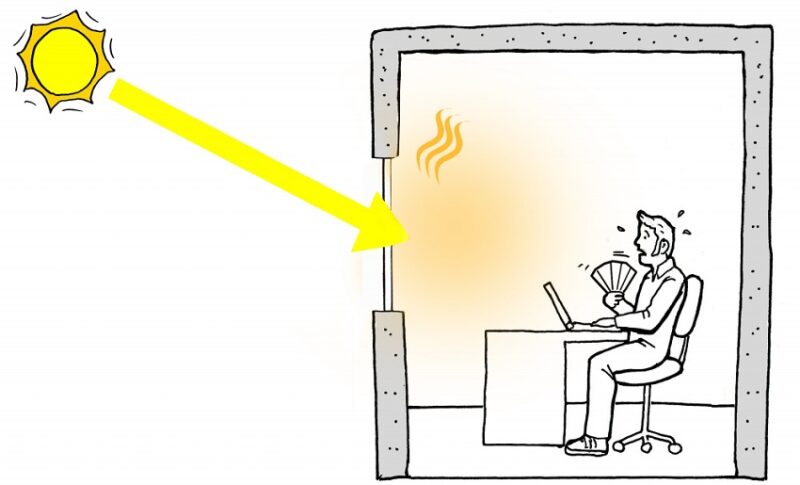
The direction your windows face dictates how much sunlight and ultimately how much heat will get inside. If your windows face north, they get the least amount of sunlight. East, west and south facing windows get sunlight some time during the day. The window treatments in north-facing windows do not need to be as thick/opaque as the other shading in your home.
Openness
No, no…not the fabrics eagerness to try new things, or share intimate secrets about itself…no, when we talk about openness, we’re interested in the density of the fabric’s weave.
Fabrics of different openness (or opacity) have different levels of UV blocking, and light blocking. A rule of thumb is that the amount of UV light blocked by the fabric is the inverse of its openness.
Here’s a great way to remember:
3% openness fabric blocks 97 percent of the light
10% openness fabric blocks 90 percent of the light
Here’s a visual for you.
1% Openness

Now below, is the same color but in 10% Openness.
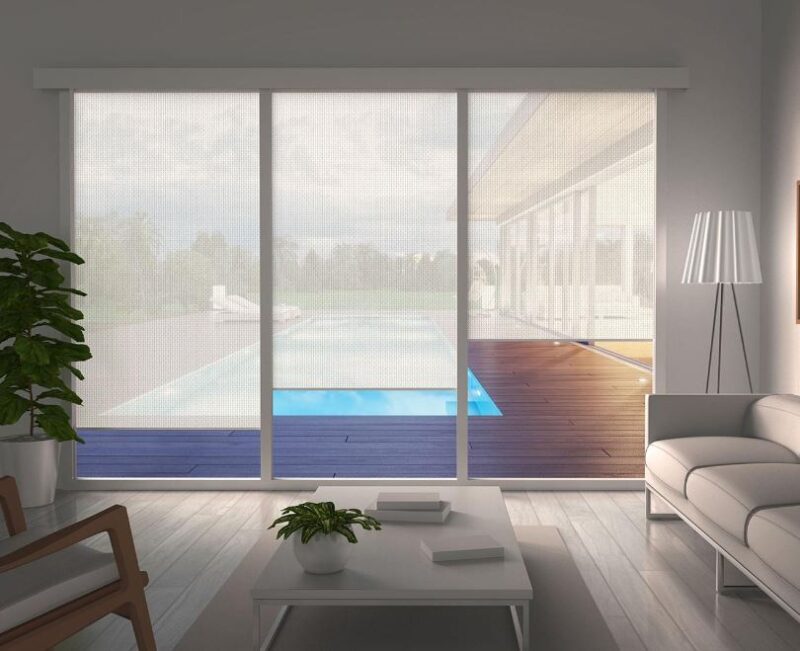
Something else to keep in mind when selecting openness., it affects a fabric’s shading and glare-filtering performance.
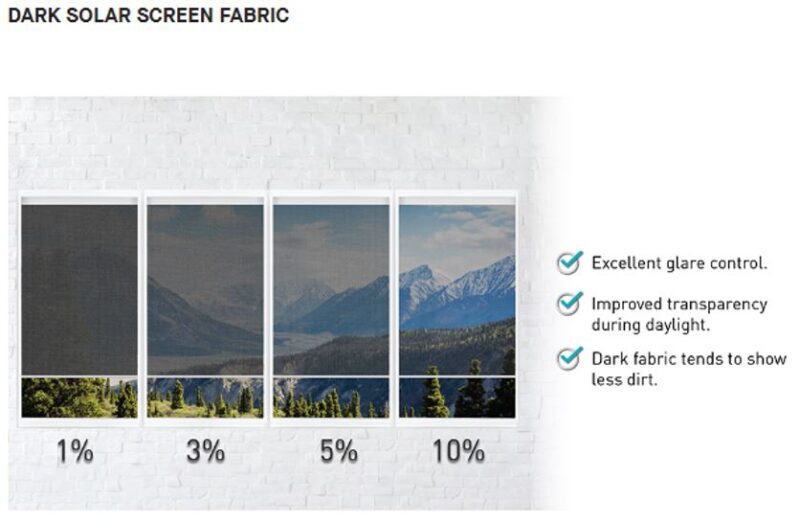
1% – 3% open fabrics are great for west, easy and south-facing windows in the warmer southern climates.
3% – 5% openness weaves are better suited for northern climates. North-facing windows in both climates can often use 10% openness fabrics without too much glare/light to come through.
1% Openness on Left. 10% Openness on Right in Black.


Energy Efficiency:
If you’re looking for energy efficiency with your new roller shades, then room-darkening/blackout fabric is the way to go. Blackout fabrics not only darkens rooms, but keeps them much cooler in the warm months, which will save you on your cooling bills.
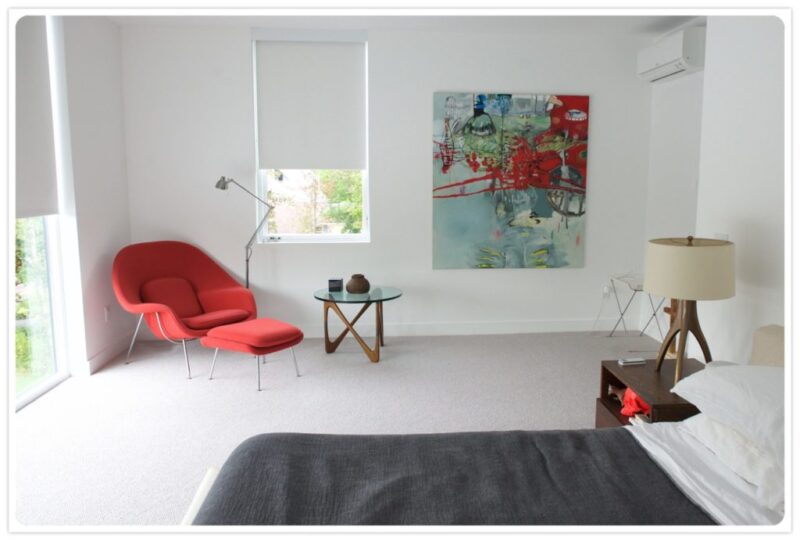
Privacy:
Now if it’s privacy you’re looking for…roller shades might not be the best fit for you. Roller shades with more open weaves can provide privacy, but the inside of the house can still be subtly seen especially when there are lights on. As easily as you can see OUT during the day time, your neighbors will be able to see IN during the nighttime.
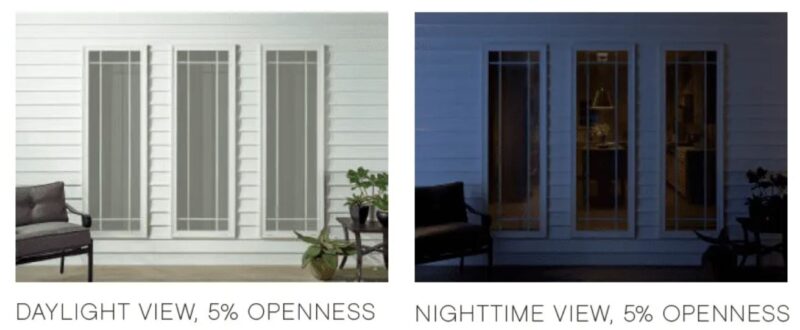
EcoSmart Shades offer what’s known as: basketweave
Produced with a traditional pattern of interwoven threads, large enough to be seen by the naked eye. Basketweave fabrics let light through and into a room at varying degrees.
 Sunny’s advice? Order FREE fabric samples first!
Sunny’s advice? Order FREE fabric samples first!
That’s so smart. EcoSmart.

